Brake calipers rear and front for car
Order cheap Brake calipers rear and front

Caliper: top brands
Brake calipers for leading car makes
Brake calipers for top car models
AUTODOC Bestsellers: Caliper at a good price
The top-selling spare parts in the Brake calipers category. Browse our huge wide range of high-quality car parts from top brands in the category Brake calipers and others.
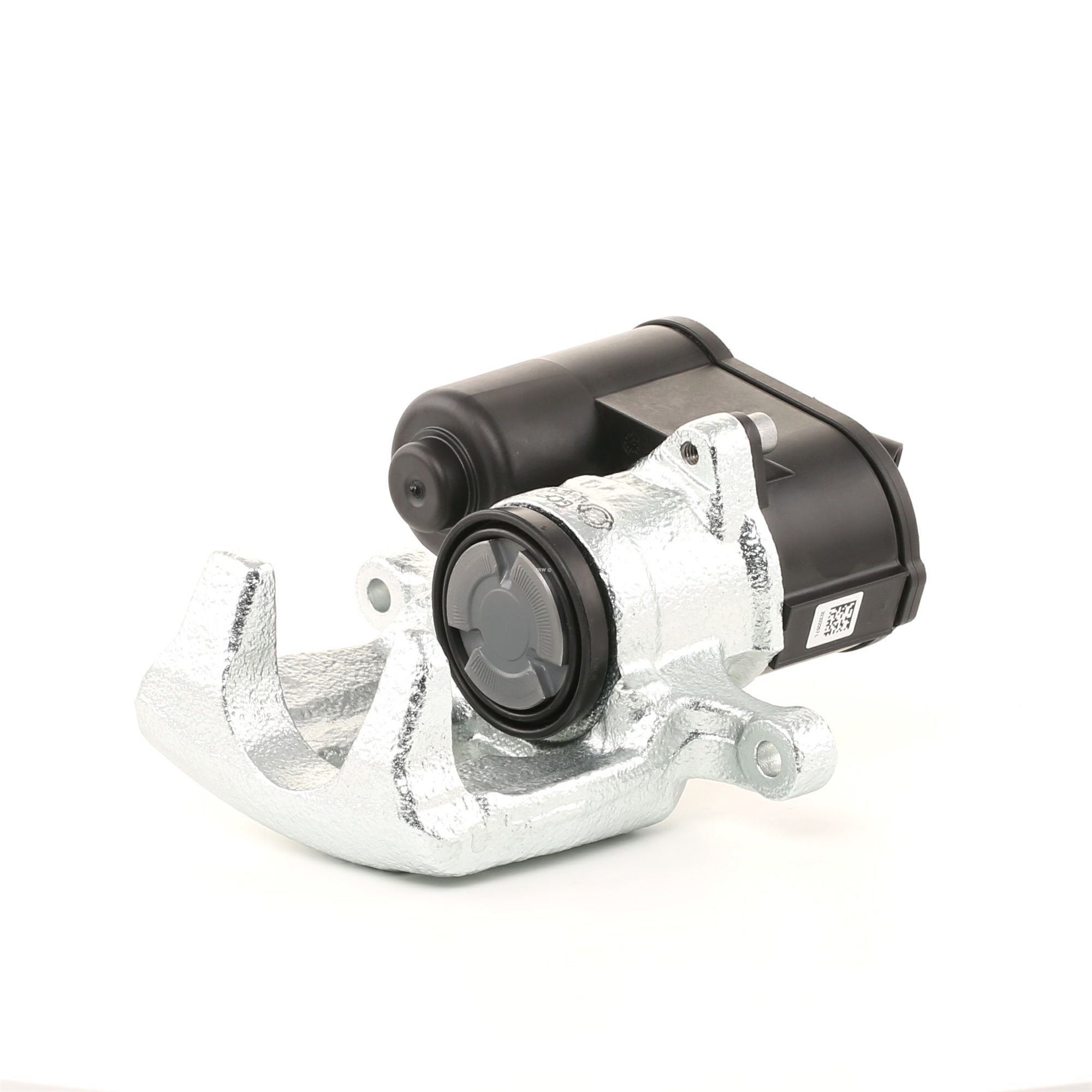 TRW BHN961E Brake caliper
TRW BHN961E Brake caliper
RRP is the recommended retail price set by the manufacturer or importer of the product and provided by the manufacturer, supplier or retailer. AUTODOC displays the RRP (VAT incl.) for a product if it has been received from at least one supplier or another source that has such information.
 TRW BHN1137E Brake caliper
TRW BHN1137E Brake caliper
RRP is the recommended retail price set by the manufacturer or importer of the product and provided by the manufacturer, supplier or retailer. AUTODOC displays the RRP (VAT incl.) for a product if it has been received from at least one supplier or another source that has such information.
 TRW BHW675E Brake caliper
TRW BHW675E Brake caliper
RRP is the recommended retail price set by the manufacturer or importer of the product and provided by the manufacturer, supplier or retailer. AUTODOC displays the RRP (VAT incl.) for a product if it has been received from at least one supplier or another source that has such information.
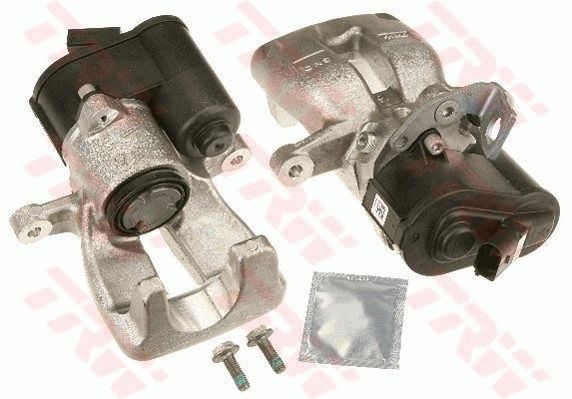 TRW BHN996E Brake caliper
TRW BHN996E Brake caliper
RRP is the recommended retail price set by the manufacturer or importer of the product and provided by the manufacturer, supplier or retailer. AUTODOC displays the RRP (VAT incl.) for a product if it has been received from at least one supplier or another source that has such information.
 TRW BHN962E Brake caliper
TRW BHN962E Brake caliper
RRP is the recommended retail price set by the manufacturer or importer of the product and provided by the manufacturer, supplier or retailer. AUTODOC displays the RRP (VAT incl.) for a product if it has been received from at least one supplier or another source that has such information.
 TRW BHT280E Brake caliper
TRW BHT280E Brake caliper
RRP is the recommended retail price set by the manufacturer or importer of the product and provided by the manufacturer, supplier or retailer. AUTODOC displays the RRP (VAT incl.) for a product if it has been received from at least one supplier or another source that has such information.
 TRW BHN276E Brake caliper
TRW BHN276E Brake caliper
RRP is the recommended retail price set by the manufacturer or importer of the product and provided by the manufacturer, supplier or retailer. AUTODOC displays the RRP (VAT incl.) for a product if it has been received from at least one supplier or another source that has such information.
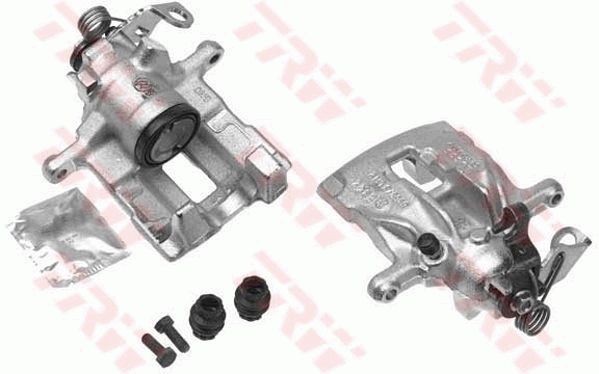 TRW BHN187E Brake caliper
TRW BHN187E Brake caliper
RRP is the recommended retail price set by the manufacturer or importer of the product and provided by the manufacturer, supplier or retailer. AUTODOC displays the RRP (VAT incl.) for a product if it has been received from at least one supplier or another source that has such information.
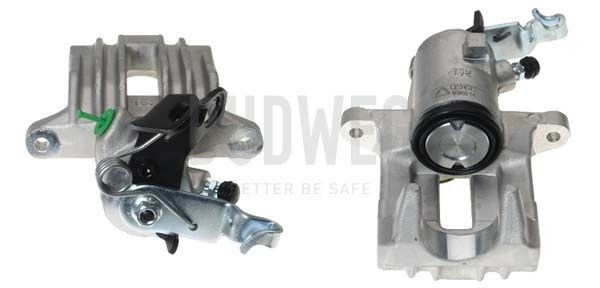 BUDWEG CALIPER 343645 Brake caliper
BUDWEG CALIPER 343645 Brake caliper
RRP is the recommended retail price set by the manufacturer or importer of the product and provided by the manufacturer, supplier or retailer. AUTODOC displays the RRP (VAT incl.) for a product if it has been received from at least one supplier or another source that has such information.
 TRW BHN952 Brake caliper
TRW BHN952 Brake caliper
RRP is the recommended retail price set by the manufacturer or importer of the product and provided by the manufacturer, supplier or retailer. AUTODOC displays the RRP (VAT incl.) for a product if it has been received from at least one supplier or another source that has such information.
 TRW BHN951E Brake caliper
TRW BHN951E Brake caliper
RRP is the recommended retail price set by the manufacturer or importer of the product and provided by the manufacturer, supplier or retailer. AUTODOC displays the RRP (VAT incl.) for a product if it has been received from at least one supplier or another source that has such information.
 ATE 240495 Brake caliper
ATE 240495 Brake caliper
RRP is the recommended retail price set by the manufacturer or importer of the product and provided by the manufacturer, supplier or retailer. AUTODOC displays the RRP (VAT incl.) for a product if it has been received from at least one supplier or another source that has such information.
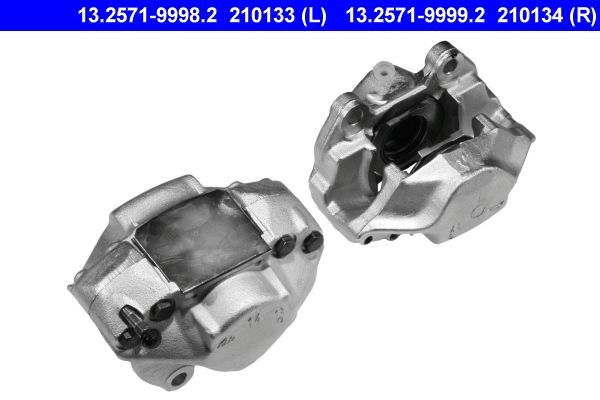 ATE 210134 Brake caliper
ATE 210134 Brake caliper
RRP is the recommended retail price set by the manufacturer or importer of the product and provided by the manufacturer, supplier or retailer. AUTODOC displays the RRP (VAT incl.) for a product if it has been received from at least one supplier or another source that has such information.
Replacement of Brake calipers: Video repair guide
How to change a rear brake caliper on VOLKSWAGEN GOLF 5 TUTORIAL | AUTODOC Top brands that produce Brake Caliper: BOSCH, STARK, SACHS, SKF, VAN WEZEL...
Step by Step Video Tutorial for Do-it-yourself Auto Repair. Become an amateur mechanic with Autodoc.
| The bestselling products: | |||||
|---|---|---|---|---|---|
| 422151 | BHW676E | BHW675E | BHN275E | BHN276E | BHN276 |
| From popular manufacturers: | |||||
| RIDEX | TRW | STARK | ATE | BOSCH | FEBI BILSTEIN |
| For popular car brands: | |||||
| VW | MERCEDES-BENZ | BMW | AUDI | OPEL | FORD |
| Brake calipers – technical details | |||||
| Brake Caliper Type | for brake disc thickness [mm] | Fitting Position | |||
| Brake Caliper (1 piston) | Brake Caliper (2 pistons) | 12 | 28 | Front Axle Left | Front Axle Right |
| Fist-type Caliper | Brake Caliper with integrated parking brake | 26 | 22 | Front Axle | Rear Axle Left |
| Floating Caliper | Fixed Caliper (2 pistons) | 25 | 9 | Rear Axle Right | behind the axle |
FAQ
The parts of the first type have a simple and compact design. They are installed on budget cars with low-power engines. These products are inexpensive and easy in maintenance. However, they are not suitable for aggressive driving style. Apart from this, their inner brake pad breaks down faster than the outer one as it activates sooner.
The fixed components are installed on heavy SUVs and performance sports cars. They are not prone to quick overheating and have a reliable design. On the other hand, such parts are expensive and their maintenance cost is higher.
To do this job, you will need:
- a car lifting device;
- wheel chocks;
- a set of ring spanners;
- a flat and Phillips screwdrivers;
- a piston rewind tool;
- pliers;
- brake fluid of the manufacturer’s recommended type;
- a container with a pipe for waste fluid.
The procedure depends on the vehicle make and the axle where the part is mounted. You can find a detailed instruction in your vehicle’s workshop manual. Generally, it consists of the following steps:
- Park the car on an even surface.
- Apply the parking brake.
- Put wheel chocks under the wheels and loosen their bolts.
- Open the bonnet and unscrew the cap of the brake fluid tank.
- Raise the car and unscrew the wheel bolts.
- Remove the wheel.
- Press the pistons into the caliper.
- Disconnect the brake hose.
- Pull the brake pads away from the disc.
- Unscrew the caliper fasteners and remove it from the steering knuckle.
Warning! Never apply the parking brake before removing the components on the rear axle.
There are two main types of the products used for lubricating the parts: spray and paste. They retain their working properties even at high temperatures and being exposed to moisture and service fluids. Usually, they are based on oil with addition of metal particles. The lubricants can be divided into 3 main types:
- High-temperature anti-seize. They can be copper, based on molybdenum disulphide, or have a complex formula. They are used for lubricating the guide pins. Never apply these products on the working surfaces of brake pads. This type is represented by the products from Liqui Moly, Mannol, Textar, and other brands.
- Mineral. They contain bentonite and fatty acids. These products are designed for cars used in urban conditions. This type of lubricants are produced, for instance, by the Teroson brand.
- Synthetic. These greases contain a set of oxidation inhibitors and wear-preventive additives. They retain their working properties within a wide temperature range: from −40 to +300°С. They are suitable for treatment of all moving parts. You can find them in the product catalogues of Permatex and TRW.
-
Safe Order 200 days
-
Free Shipping
-
А convenient app for buying car parts
-
Car repair videos


